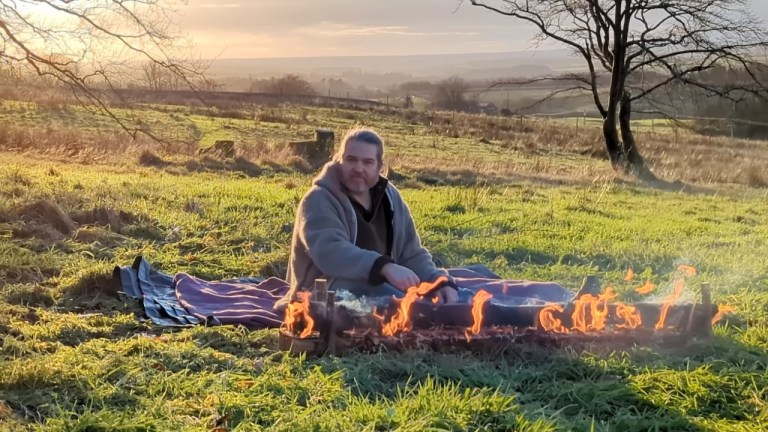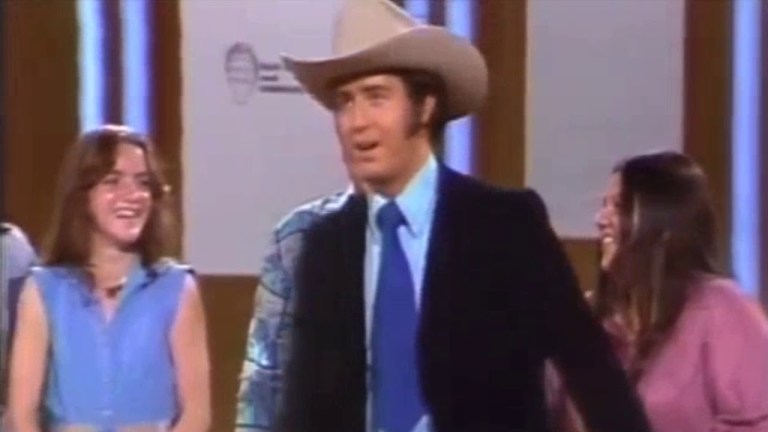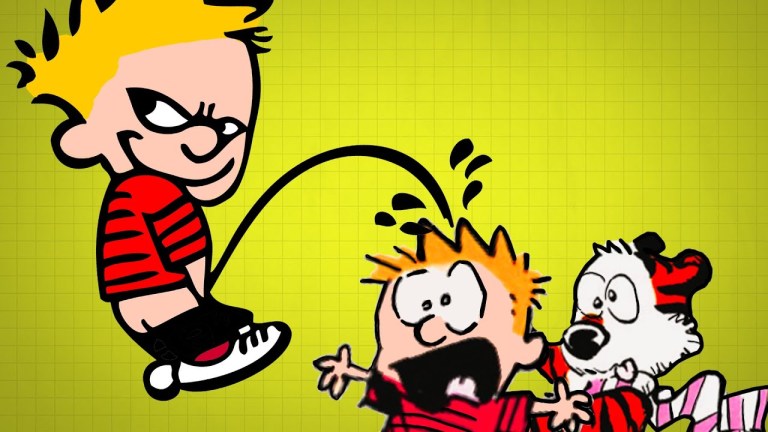How to Determine the Toxicity of Moldy Food
Food researcher Adam Ragusea consulted with Dr. Megan Biango-Daniels to determine which types of mold are safe and which are considered dangerous to humans and animals. The pair discuss the structure of mold, how mold is transmitted, the difference between hard and soft food molds, and how the repeated ingestion of mycotoxins within the mold can lead to ongoing health problems.
Eating a lot of mold all at once could make you really, really sick. In contrast, eating just a little bit of mold probably wouldn’t do very much to you at first, unless you’re allergic. But eating small amounts of mold repeatedly over many years, scientists think that could cause serious health problems, from cancer to kidney and liver disease.
That being said, Ragusea wondered aloud if we’re being over-cautious regarding mold by using cheese as an example. Dr. Bjango Daniels responded that the molds used for cheese have been “domesticated”
Because blue cheese, the mold that you have on brie, all of those molds have been very kind of intentionally cultivated by humans….And there’s almost now a very clear number of strains, which are used over and over for cheese producing, different varieties of cheese specifically. And we know a lot about how they’re different from their very close wild relatives.
In other words, certain molds are not necessarily harmful in the moment but can have lasting effects; however, other molds can be toxic, so it’s best to err on the side of caution, except for cheese.
Life is risks. Life is making choices. But one way that you can minimize your risk when it comes to food mold is to keep your susceptible foods wrapped up really, really tightly. The spores are floating around in the air, and then once they land in your food, the mold needs air to grow. …But as long as there are nutrients to be had, and as long as the food isn’t too acidic or whatever, mold will happen, eventually. Life finds a way. Eat your food before something else does.






